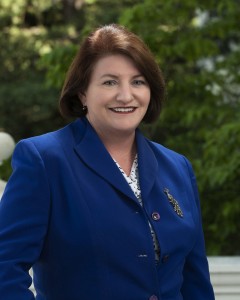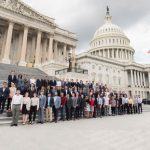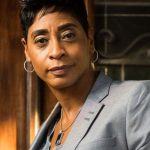
It’s another Pride season. And every year at this time our thoughts turn to parades and celebrations, and to looking at what we’ve achieved and what we have left to do.
This Pride, though, is a little different for me.
Because I can’t shake from my thoughts three bright, sweet transgender kids from San Diego County –Taylor Alesana, Sage David and Kyler Prescott – who recently committed suicide.
Maybe it’s because they are all from my community. Or maybe it’s because their deaths came so soon after each other.
Or maybe it’s because there was so much going right with these kids – supportive families, friends they could confide in and share with, and allies they could turn to at the North County LGBTQ Resource Center.
It seemed like all the right tools were in place and everyone involved was doing the best they could.
So I keep wondering what more we as a community could have done to help – and what we could be doing for other LGBTQ kids out there – especially the ones who don’t have any real support.
Adolescence is tough, but being an LGBTQ youth can feel impossible. And we have more out young people and kids coming out at younger ages than ever before.
Does the fact LGBTQ kids are more visible also make them more vulnerable?
These kids are identifying as LGBTQ – something it took many adults decades to muster the courage to do – at an age when simply wearing the wrong shoes can make you an outcast object of ridicule.
Increased visibility also adds another potential layer of pressure – if some kid is looking at viral videos of high school athletes coming out to their teammates or sweet same-sex “promposals” on YouTube, they may beat themselves up because their experience isn’t as easy as others appear to be. And we all know there are already enough people ready to beat up LGBTQ kids.
Organizations like Gay Straight Alliances, the It Gets Better Project, the Trevor Project and youth programs affiliated with our LGBTQ Community Centers are doing all they can.
But they can’t do it alone.
LGBTQ people have long faced the bigoted demonization that we are a bunch of predators just looking to get our hands on children.
And while the poison of that lie continues to diminish with the growing number of gay parents in our neighborhoods and in the gradual awakening of groups like the Boy Scouts, it nonetheless has generated a hesitation on the part of many LGBTQ adults to get actively involved in youth issues.
That’s not a luxury we have anymore. If young LGBTQ kids can step out of the closet, we all have to step up and have their backs.
Whether we have kids or not, we all have schools in our neighborhoods and school board members who are elected to represent us. So how can we ensure our schools are safe places for LGBTQ kids where bullying is not tolerated and complaints are taken seriously and adjudicated quickly? And how do we ensure school administrators and staff have the tools they need to recognize and respond to the multifaceted layers of bullying that LGBTQ kids face?
LGBTQ youth are overrepresented in the foster care system, many of them kicked out of the house for being who they are or escaping an abusive situation. How can we increase the awareness and training for foster parents who take in LGBTQ kids? And how can we encourage more LGBTQ adults to take on the role of foster parents and help these kids through the tough times?
With the increased attention being paid to transgender issues, how can we convince anyone tempted to mock or marginalize transgender people the real harm that their action could have on a vulnerable young kid? How can we inspire more young people – and their parents – to be kinder and more accepting of those who are different?
Technology has opened a lot of doors that help LGBTQ youth realize they are not alone. But not every door is worth opening. How do we help prevent LGBTQ kids from being pushed to the edge by the venom they may encounter – including anonymous taunting – over social media?
When I think of Kyler, Sage and Taylor, I wish I had easy answers to all these questions. But I don’t.
What I do have is a community of LGBTQ peers who have all experienced the pressures of being different. Of being “other.”
We need to figure out what the best approaches are and then put them into practice far and wide. And everyone has a role to play, regardless of age.
If our community harnesses what is in our hearts and in our histories, maybe we can come up with the answers LGBTQ kids are depending on us to find.
And that would really be something to be proud about.











